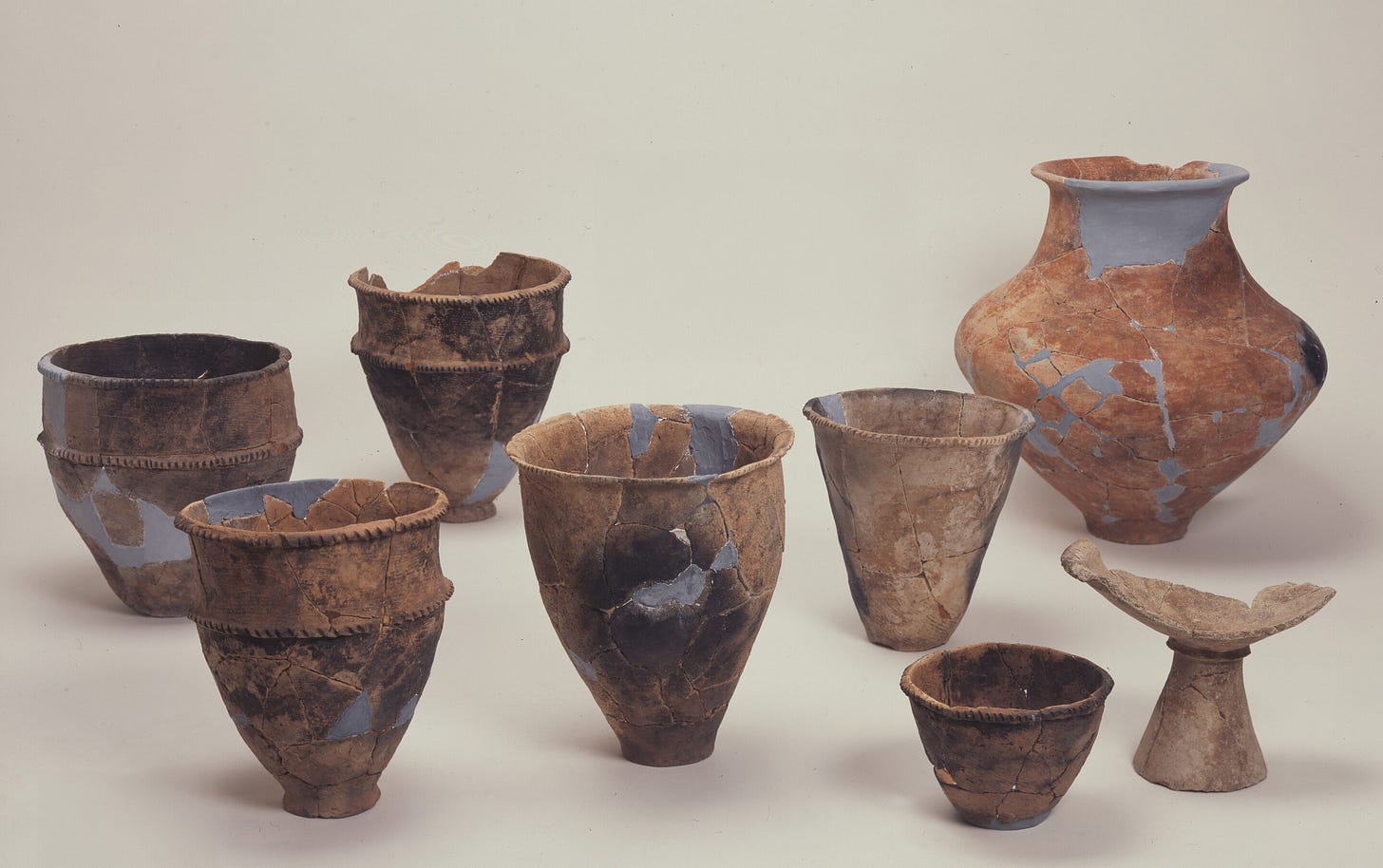When rice farming arrived on Japanese shores around 3,000 years ago, it came not alone. Crossing the sea from the Korean Peninsula, rice was accompanied by millet, a grain that had nourished Korean communities for generations. But while rice eventually rooted itself in the fabric of Japanese agriculture and culture, millet remained on the sidelines.

A recent study led by researchers from the University of York and the Nara National Research Institute for Cultural Properties, published in Proceedings of the National Academy of Sciences1, offers a detailed look into this culinary divergence. By analyzing organic residues in ancient pottery and charred plant remains, the team found that early Japanese cooks largely ignored millet, even as they embraced other aspects of Korean agriculture and material culture.
"The absence of millet from Japanese food residues and human bones was a surprise to us," noted Professor Oliver Craig, archaeologist at the University of York. "We know both rice and millet had been introduced at this time."
Listen to this episode with a 7-day free trial
Subscribe to Anthropology.net to listen to this post and get 7 days of free access to the full post archives.









